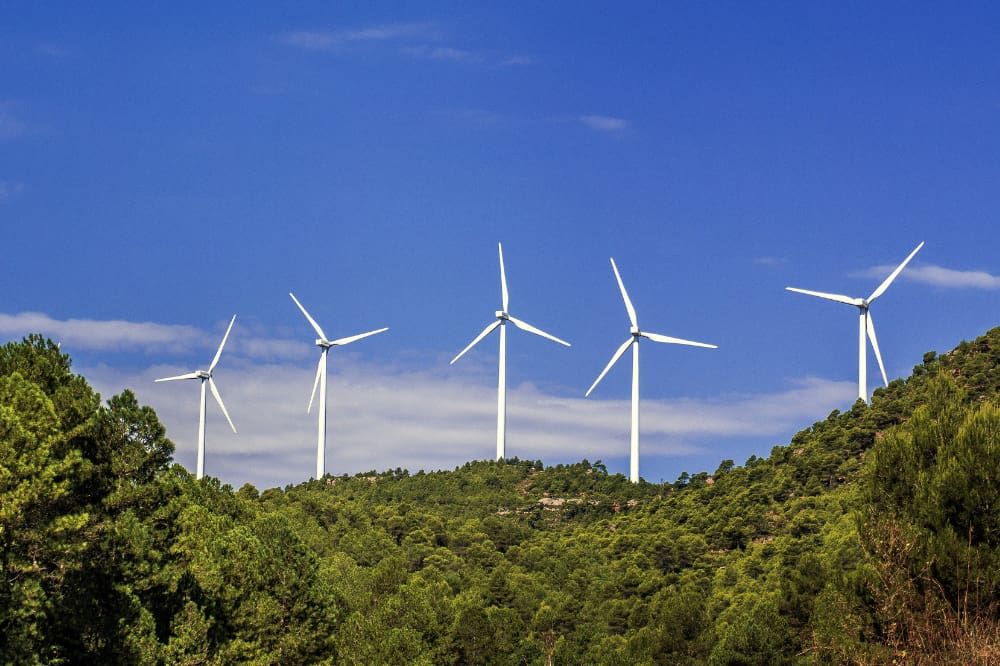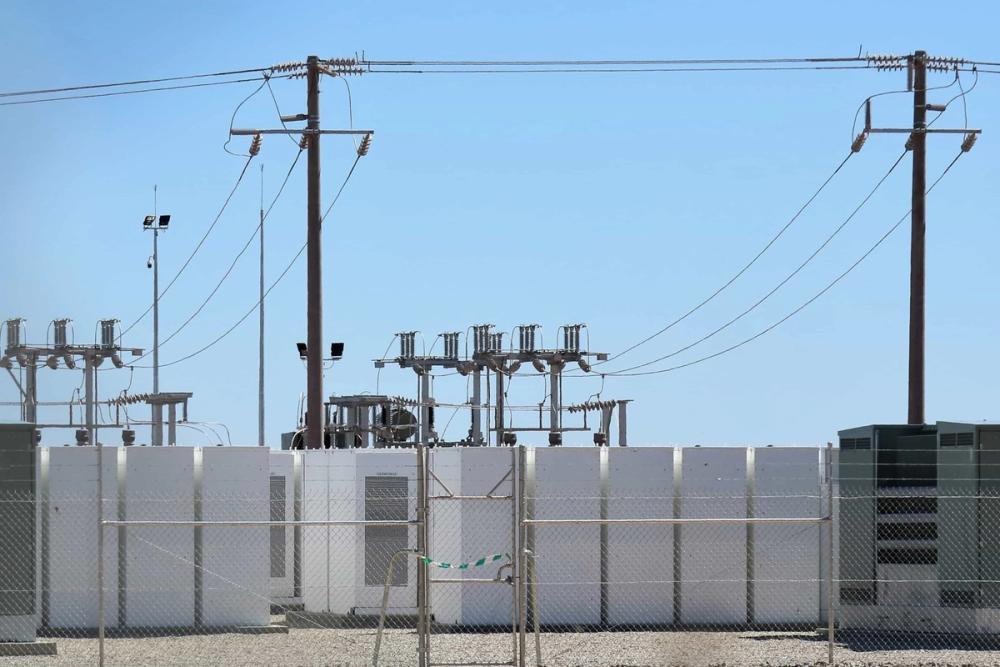The Year in Review

By Phil Thompson, CEO of Balance Power
Looking back on 2022, there has been major progress made in the clean energy space. The energy crisis, which has seen the average UK household energy bill reach £2,500 per year, has been the catalyst for establishing long-term energy security. As a result, the government is taking significant steps to prioritise the clean energy rollout. And there is certainly more of the right noise being made when it comes to innovation and the importance of renewables, energy storage and hydrogen.
This year, we, like many in the industry, have been calling for a practical plan to remove the roadblocks that stand in the way of net zero goals and energy security. Ultimately, to transition to a cost-effective and secure clean energy system, we need an everything-of-everything approach towards innovation and investment in clean energy generating and storage technologies, better grid connectivity, and future-proofing of our electricity systems to ensure grid stability for periods when generation and demand do not align.
It was encouraging to see the government recently ruled out the de facto ban on solar. Extending protections to include 3b land could have had a serious impact on the industry and the rollout of much-needed energy projects. While there is a balance to be struck between using agricultural land for crop production, grazing and rewilding, the need to find solutions to address the climate crisis, in which renewables play a key role, is becoming more urgent and harder to argue with.
A strong year for the Balance Power team

Not only has the last year seen exciting growth in the sector, with the IEA placing it 30% higher than previous forecasts, but also at Balance Power. We’ve made some key hires, significantly increasing our team to deliver the many projects we have under development. We also moved into our bespoke-designed new office in St Helens, providing us with a great home from home for our growing team.
I’m proud of the team’s dedication and hard work this year, the results of which have paid off as we were able to announce the approval of six projects totalling 164MW in 2022 – upholding our 94% planning success rate. Since inception, a total of 396 MW of generating capacity has been secured. Our pipeline has grown month on month, and we currently have projects totalling 1.2GW with accepted grid connections under development. At a time when energy security is a priority, this will no doubt go a long way in futureproofing the UK’s security of supply.
Looking forward, we’re excited about the framework agreement we signed in October with global clean energy enterprise, TagEnergy, which will build, own, and operate 500MW of our pipeline. The partnership will comprise over £300 million in investment to build projects over the next four years. Sharing our vision for the market and with a successful track record in delivering and operating projects, TagEnergy is the perfect partner to support us in decarbonising the UK’s energy system.
Predictions for 2023
2022 identified how fragile our energy system was and how change is needed now more than ever. This year, I anticipate a focus on delivering those solutions. Clean, secure energy is required to mitigate the effects of the energy crisis and we’ll need planning permission reforms to speed up the rollout of these energy projects which will bring bills down faster. It’s by far the cheapest and quickest tool the government has to progress the transition towards net-zero.
Along with continued growth in renewables, I believe there will be greater attention to energy storage investment cases to lock in capacity and security. As we increase our reliance on intermittent renewables, the UK will require sufficient energy storage to ensure a stable and secure supply.
I hope we see a resolution to grid blockages in 2023. At present, the UK grid is clogged by projects that have accepted connection offers but are not being delivered. NG/DNO’s need to apply pressure to owners of these connections to either progress or give the advanced space to projects that can connect. In a large number of places, these blockages are theoretical, and many more projects can be brought forward with some joined-up thinking.
Finally, this year I would like to see a public information campaign from the Government, outlining the future energy system. It’s imperative that the general public understand that wind turbines, solar farms, battery storage and hydrogen projects must be accepted as part of our future landscape, if we want low energy bills and clean air, and community engagement will be integral if this is to be achieved.



